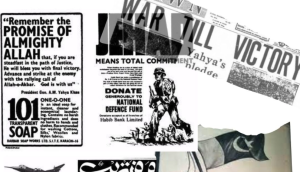
LAHORE: Senior journalist and human rights activist Husain Naqi will never forget that day in 1971 when he was sitting among other journalist friends and one of them mentioned that the breakup of east and west Pakistan into two separate countries had become a reality. On March 25, that year, the military run ‘Operation Searchlight’ had already begun and the region which is now Bangladesh had become a conflict zone. But voicing this sent one of the friends into a rage.
“Ahmad Bashir, the editor of daily Masawaat, did not receive this comment well,” says Naqi. “He was so angry, that the argument concluded after a paper weight was hurled in his general direction.” Shaukat Tanveer, the one who had sinfully indulged in the opinion remained unhurt, but like many other Pakistanis, Ahmad Bashir’s sentiments were not.
Ostensibly, Mr Bashir did not yet recognize the grimness of the situation. There was news of a brigadier being taken in as a prisoner of war (POW). The reality however had still not filtered down. Media propaganda was extreme and so pervasive that most people in west Pakistan had no idea what was actually happening on the other side.
‘In general, the people were being told by the media including the single state TV channel selling the government narrative that everything was alright,” adds Naqi. “If you ever discussed the possibility of the country’s break down, people would in extreme cases be ready to fight with you – or in the least label you an ‘Indian agent’.”
There was complete censorship in those days, he recounts, and it had begun to affect how people were thinking. He remembers for instance how he got into an argument with his brother in law just for saying that the future of a united Pakistan was unforeseen. “He was very angry at me for saying this. But the country did crack, and when it did, he actually broke down and cried.”
MASS GENOCIDE
The conflict had begun right after the Awami League had won the 1970 parliamentary elections and were now waiting for the transfer of power – which was being delayed by Yahya Khan and the PPP.
As Yahya Khan postponed the convening of the National Assembly, ethnic massacres began in East Pakistan. Biharis being non-Bengali speakers – were supporting West Pakistan, were targeted by the Bengali majority. In her book, Gender and War Crimes in South Asia, Bina D’Costa recalls over 300 Biharis were killed by early March 1971, in rioting by Bengali mobs in Chittagong.
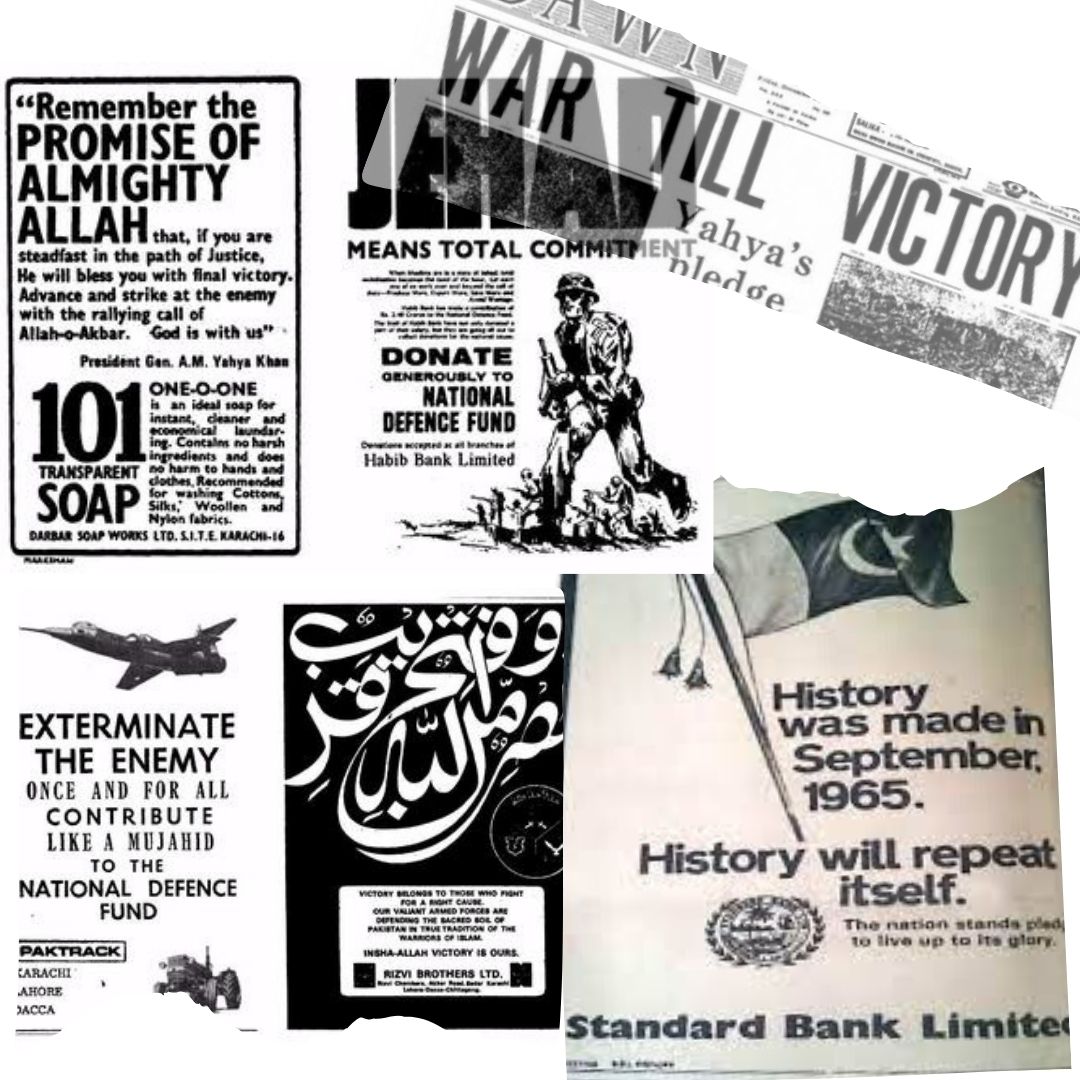 Following these series of incidents, the Government of Pakistan used these killings to justify the military intervention in East Pakistan on March 25. Overnight a genocide began.
Following these series of incidents, the Government of Pakistan used these killings to justify the military intervention in East Pakistan on March 25. Overnight a genocide began.
But as the people were killed, the truth it seemed was buried with them.
“During Yahya Khan’s martial law, before the creation of Bangladesh, we witnessed a moment of openness during the 1970 election campaign when the state-owned electronic media gave full coverage to opposition rallies and invited leaders of various political parties to speak without any let or hindrance. However, soon after the election results, which were totally contrary to the expectations of the ruling junta, censorship was reimposed before the start of the military crackdown in then East Pakistan that culminated in the break-up of Pakistan and the birth of a new country, Bangladesh.”
Veteran journalist and author of several books, Zamir Niazi describes the situation of a censorship in those days in just a few lines in his article ‘And Now For the Good News…’

There had been great courage within the journalist community of the entire country which took risks during the non-cooperation movement as they gave prominent coverage in dailies including Ittefaq, Purbodesh, Sangbad, Azad, Morning News and Pakistan Observer.
The East Pakistan Journalists Union (EPUJ) reportedly held a meeting on March 23, 1971 and gave open support to the emergence of a new country – Bangladesh – by confronting the military threat and promised not to give press coverage to the activities of the military junta.
But as the operation began, many were not spared. “During the riots in East Pakistan many journalists were killed, including East Pakistan Union of Journalists’ (EPUJ) leader Shahidullah Kaiser, killed in cold blood,” says Naqi.
 “There was another journalist in Azad, who actually lost his mind. Many others were arrested and tortured. The Pakistan Observer office was fired upon by a tank, and ended up being razed to the ground. Television was limited to PTV with its state narrative. For the west Pakistanis there was an information blackout.”
“There was another journalist in Azad, who actually lost his mind. Many others were arrested and tortured. The Pakistan Observer office was fired upon by a tank, and ended up being razed to the ground. Television was limited to PTV with its state narrative. For the west Pakistanis there was an information blackout.”
On the eastern side, daily ‘The People’ which was taken out from Dhaka and was vocal against the military rulers, carrying banner headlines on a daily basis criticizing them, was burnt as the night of March 25 unfolded, through indiscriminate mortar shells.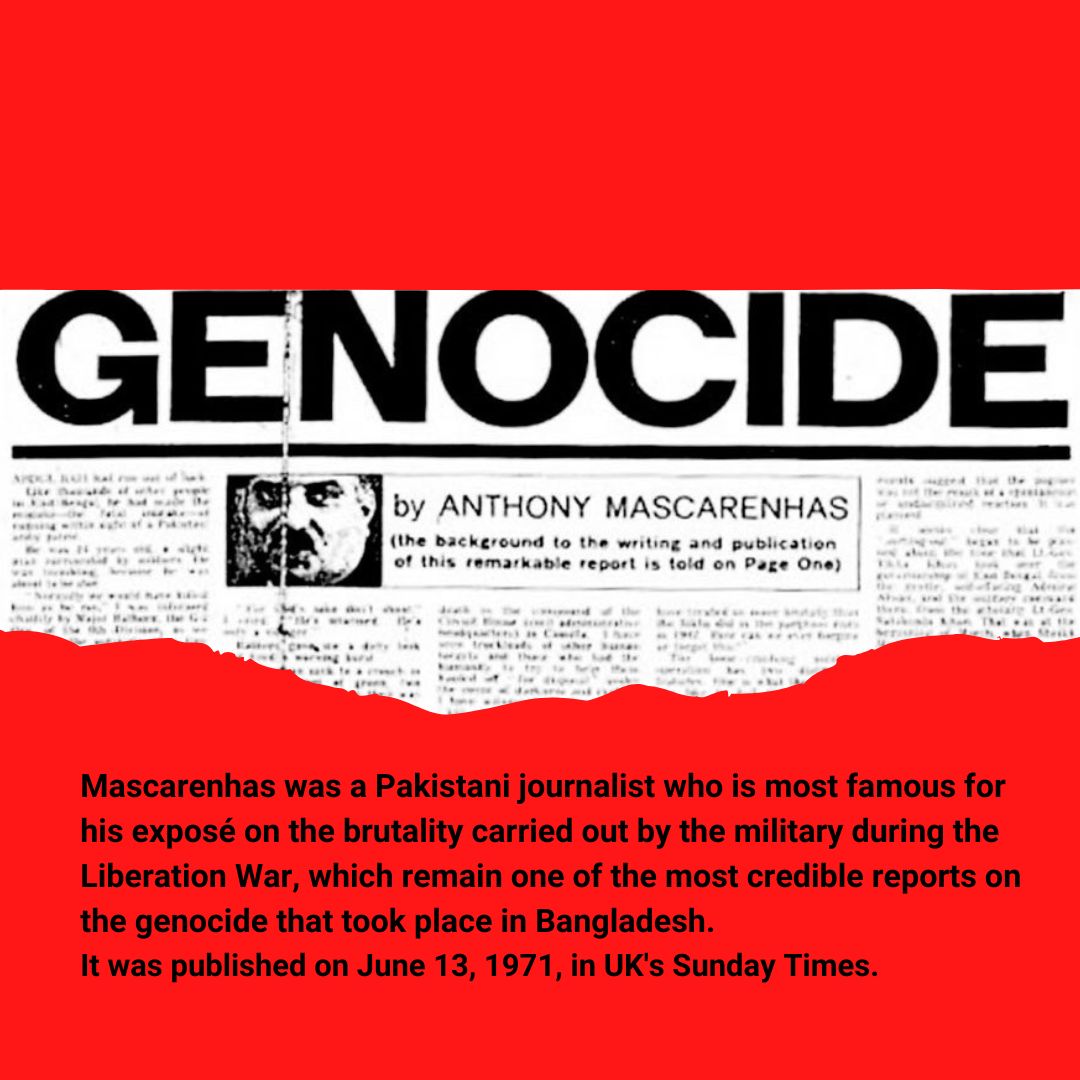
The very next day, Daily Ittefaq was attacked in the same way. Dr. Helal Uddin Ahmed a former Editor of Bangladesh Quarterly describes it as being ‘traditionally linked to the democratic struggles of the Bengalis since its very birth while adding that a couple of days after Operation Searchlight, the torch-bearer of the country’s culture, literature, progressive politics and, above all, mass movements—the daily Sangbad was burnt to ashes. The renowned journalist and progressive litterateur Shahid Saber was also killed during the incident.’
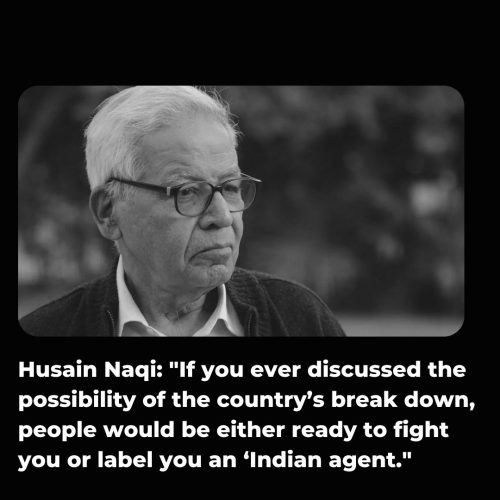
In 1971, journalists and newspapers were under strict observation and no journalist or newspaper was permitted to write about any situation or incidents that were happening in East Pakistan. When it came to objective or unbiased reporting, there was no freedom of the press or the people’s right to know. Worse, the international media was forced out of west Pakistan. But, Naqi says one could still hear what the radio channels especially the BBC service in English and even Hindi were airing.
Even after the Fall of Dhaka the media continued to try and push the nation’s morale; this was when the Draconian PPO was revived and used against the press by the new government. Weekly Outlook and Punjab Punch despite the fact that these were papers that had supported the PPP in the elections. The Press and Publications Ordinance (PPO) had been formed in 1961 and enforced to keep the newspapers under state control. While the black law had been fiercely boycotted by media organizations and journalists, it was still revived.
Academic, author, and former chairperson of the Mass Communication department of Karachi University, Professor Shahida Kazi had been working at the Asian TV Service at that time – part of the PTV. As a news producer her job entailed sorting out the news films that came her way and to write scripts and commentaries for them.
 “In order to do my job in the state run TV, I had no choice but to follow directives not to write or show anything that went against the state narrative. All of us were affected who saw what was happening had to remain silent because in order to survive, we had to. Otherwise we all knew what could happen to journalists who spoke up.”
“In order to do my job in the state run TV, I had no choice but to follow directives not to write or show anything that went against the state narrative. All of us were affected who saw what was happening had to remain silent because in order to survive, we had to. Otherwise we all knew what could happen to journalists who spoke up.”
In the mainstream media, she says, everybody was being told a series of grand lies, on repeat, which translated to ‘everything is hunky dory; nothing is amiss.’
“I remember one of the films that came from Dhaka, the military had forced people at gunpoint to form lines outside a cinema. The image was being misused to show that life was normal and people were out to watch a movie, when in reality the situation was that bodies were being piled up on streets once Operation Searchlight began.”
In another image on film, says Professor Kazi, people could be seen walking with their bags and luggage to cross over to India. “Again this was misconstrued as people coming back from India. The sights they had been shown were so full of promise, that people could not digest anything other than that. It was hugely traumatic for them when the country did finally break.”
Prof Kazi says that there was a majority of ethnic Bengali East Pakistanis who worked in her department but in fear of being targeted, they remained silent too.
“We were silenced and traumatized because we could only absorb reality but not talk about it. We had to keep our heads down and go about our business. When it comes to press censorship, these two wars have been our worst times.”
“When I went to Dhaka I was shocked to see the level of devastation there,” narrates Husain Naqi. “There were bodies piled up on the streets. There were reports of countless rapes, there was a lot more that was happening that I cannot even recount right now. Entire families were wiped out mercilessly, leaving only one or two survivors.”

Dr Mokerrom Hossain, a Professor at the Department of Sociology and Criminal Justice, at the Virginia State University in his book ‘From Protest to Freedom: The Birth of Bangladesh’ describes the night of March 25:
“When the attack began, army tanks began went in different directions to demolish different targets. One contingent rolled through the main street from airport to the city and attacked a newspaper office in front of the Radio Pakistan Dhaka office, and the same contingent took over the control of the radio station. Another went towards Dhaka University and attacked students’ dorms. This attacked was actually video tapped by a professor of East Pakistan (later Bangladesh) University of Engineering and Technology University, and the tape was smuggled out of the country as a first hand report of the massacre to the outside world. The area where the attacked took place in the student dorms, there were also selective break-ins at the faculty residences and a couple of professors were killed on that fearful night.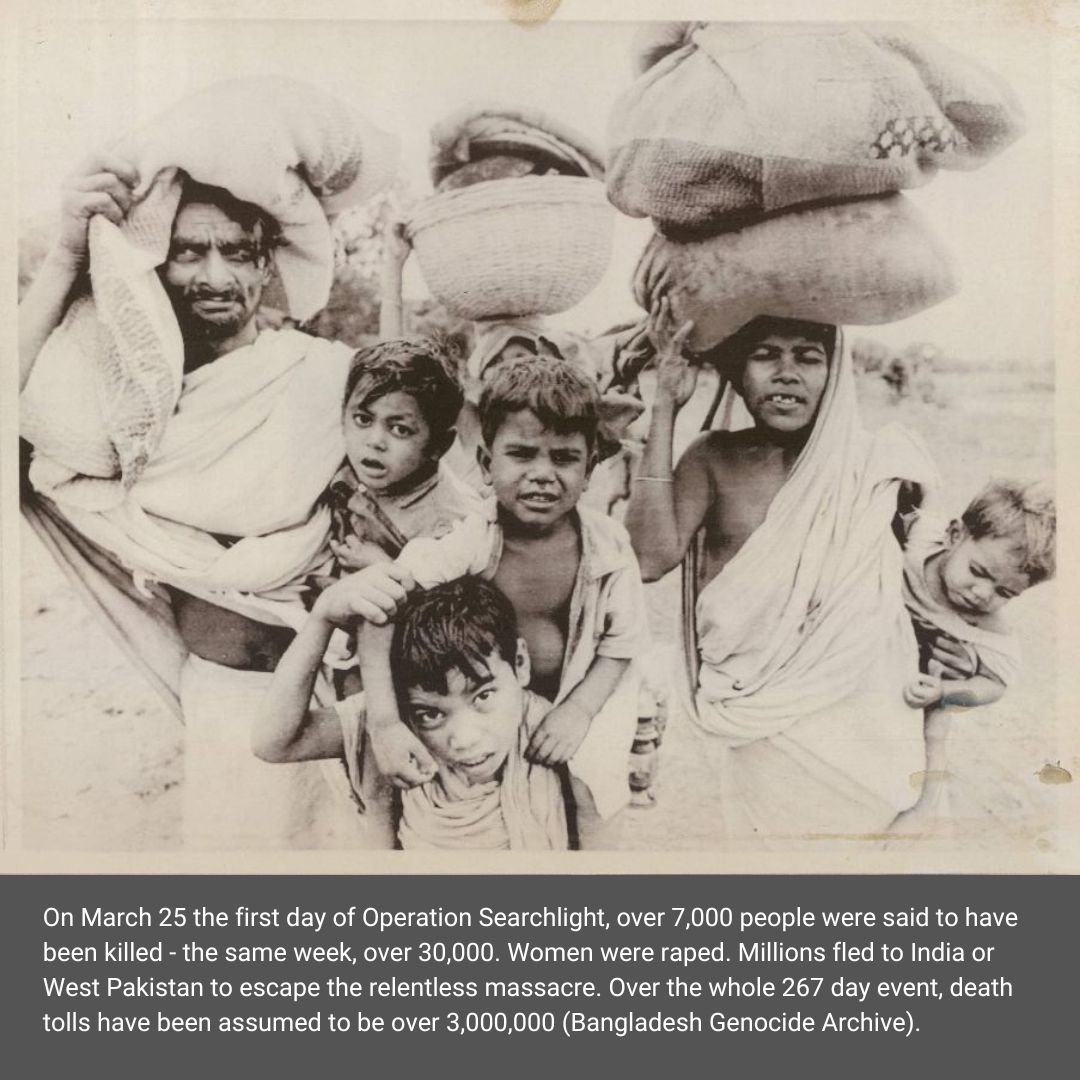
Before the so-called control of Dhaka city it was a night of infamy … one could watch with horror the constant flash of tracer bullets across the dark sky and listened to the more ominous clatter of machine gun fire and the heavy clump of tank guns …That night, the holocaust began”.
“The Pakistan Resolution after this entire passage of time, became brittle and meant nothing,” says Husain Naqi. “This was the resolution moved by the ‘Sher-e-Bengal’ himself, in 194. Yet nothing had been constituted in East Pakistan.
Whatever anyone may say, even today, this situation rings true when we think of what is happening in Khyber Pukhtunkhwa and Balochistan. Operations take place but no details are let out. The people of Pakistan remain oblivious to what is happening in those regions. Today too there is censorship and we seem to have learnt nothing.”
Source- voicepk.net, 26 March 2023.



